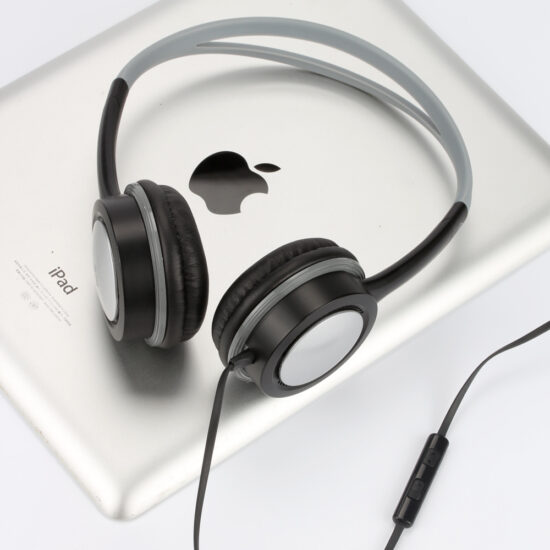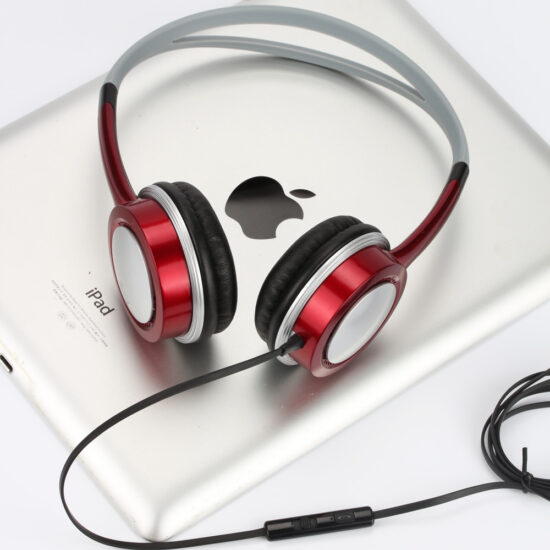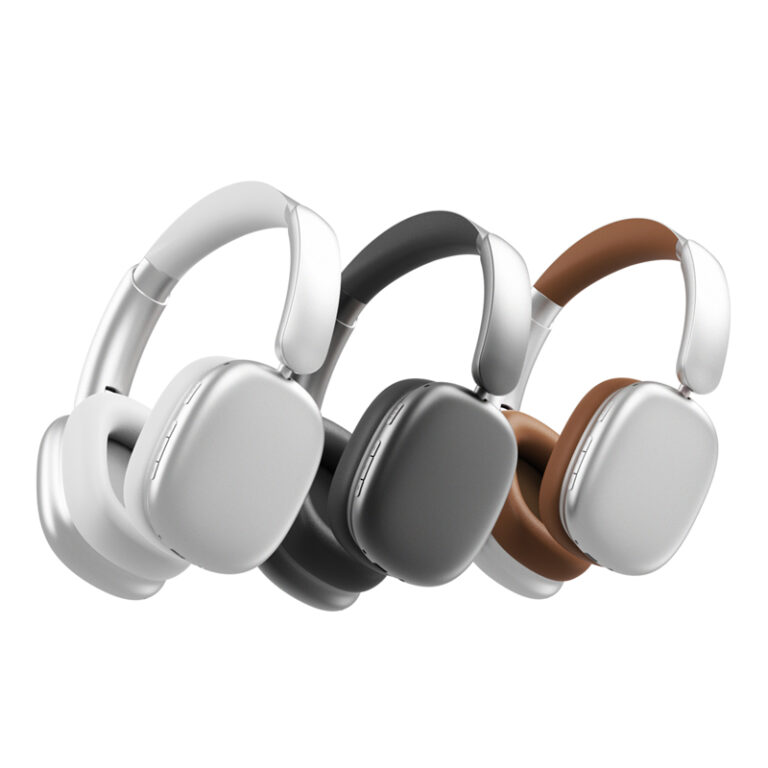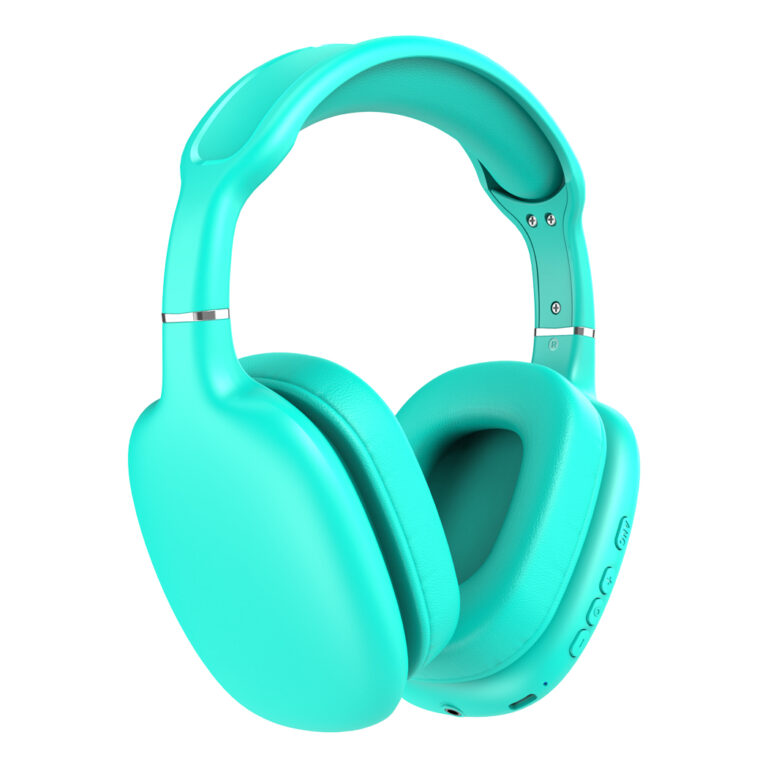jay@nbdho.com
Custom & Eco-Friendly Packaging Trends in Headphones Industry
In recent years, custom and eco-friendly packaging has become a key focus in the headphone industry. As consumers grow more environmentally conscious and brands seek to differentiate themselves, manufacturers are adopting sustainable materials and innovative designs that not only protect the product but also enhance brand image. Below, we explore the current trends shaping headphone packaging.
1. Sustainable Materials Adoption
One of the biggest shifts is the move away from traditional plastic packaging to biodegradable or recyclable alternatives. Many headphone brands now use paperboard, molded pulp, or recycled cardboard for boxes and inserts. These materials reduce environmental impact and appeal to eco-aware consumers. Some factories even incorporate soy-based inks and water-based coatings to ensure the entire package is biodegradable.
2. Minimalist and Functional Design
Custom packaging trends favor minimalist designs that use fewer materials without sacrificing protection. Slim, compact boxes reduce shipping volume and waste. Multi-functional packaging is also gaining popularity—designs that convert into headphone stands or storage cases encourage reuse and extend the product lifecycle.
3. Brand Storytelling Through Packaging
Eco-friendly packaging is now an essential tool for storytelling. Brands use custom printing to highlight their sustainability commitments and share product origin stories. QR codes linked to videos or websites often educate consumers about the materials used and recycling instructions, creating a transparent and engaging unboxing experience.
4. Innovative Protective Solutions
Protecting delicate headphone components while maintaining sustainability is a balancing act. Manufacturers increasingly use molded pulp trays or recycled foam alternatives instead of plastic inserts. These materials offer sufficient cushioning and are easier to recycle. Some brands experiment with seed paper packaging that consumers can plant, adding an experiential element to the unboxing.
5. Customization and Personalization
Beyond sustainability, customization remains crucial. Brands demand packaging that reflects their identity through unique colors, textures, and finishes while adhering to eco-friendly standards. Embossing, debossing, and spot UV printing are popular techniques to add tactile and visual interest without excessive inks or coatings.
6. Compliance and Certifications
Many headphone brands seek third-party eco-certifications such as FSC (Forest Stewardship Council), SFI (Sustainable Forestry Initiative), or certifications for compostability. Factories collaborate with packaging suppliers to meet these standards, which provide credibility and assurance to end consumers.
7. Supply Chain and Cost Considerations
Adopting custom eco-packaging requires balancing cost and logistics. Factories optimize designs to minimize material use and shipping costs, while clients weigh the benefits of premium sustainable packaging against budget constraints. Advances in packaging technology and economies of scale are gradually making eco-friendly options more accessible.
Conclusion
Custom and eco-friendly packaging trends in the headphone industry reflect a broader shift towards sustainability and brand differentiation. By integrating recycled materials, minimalist design, and engaging storytelling, headphone manufacturers and brands create packaging that resonates with today’s environmentally conscious consumers. These innovations not only reduce ecological footprints but also enhance the overall product experience, building lasting customer loyalty.





